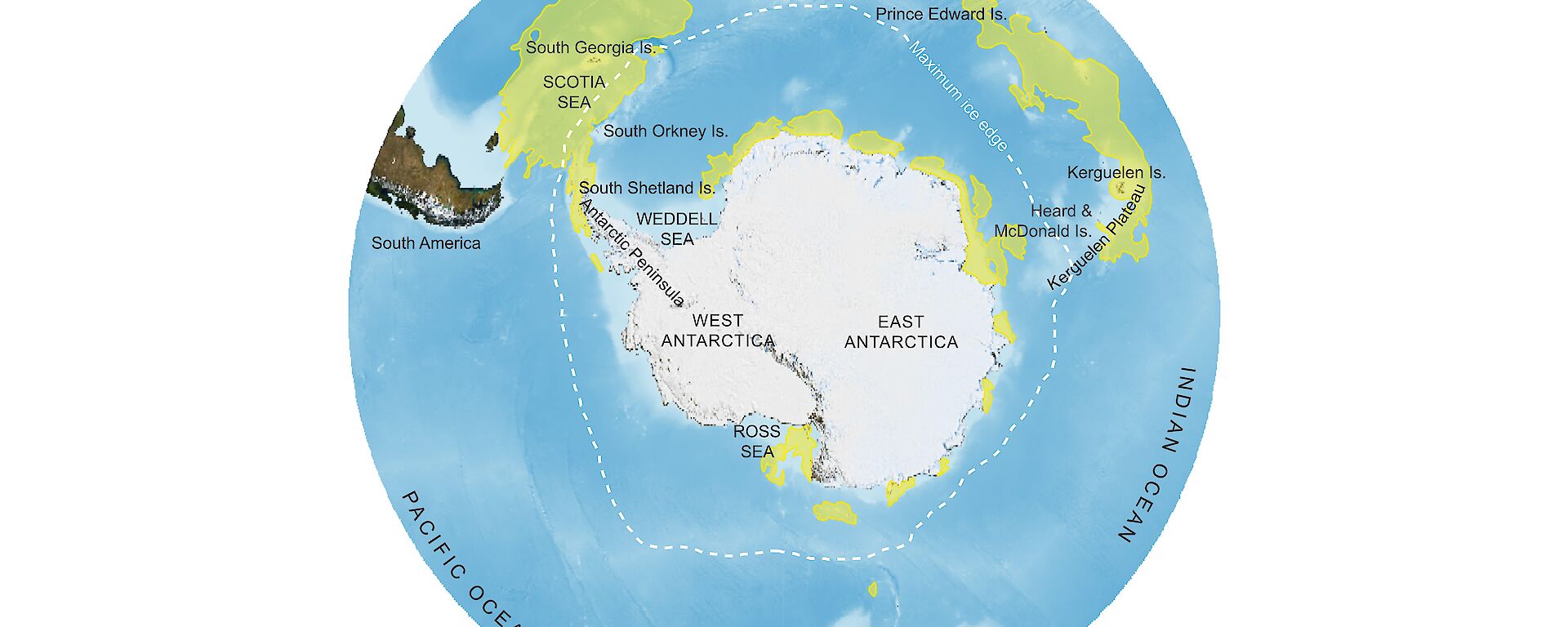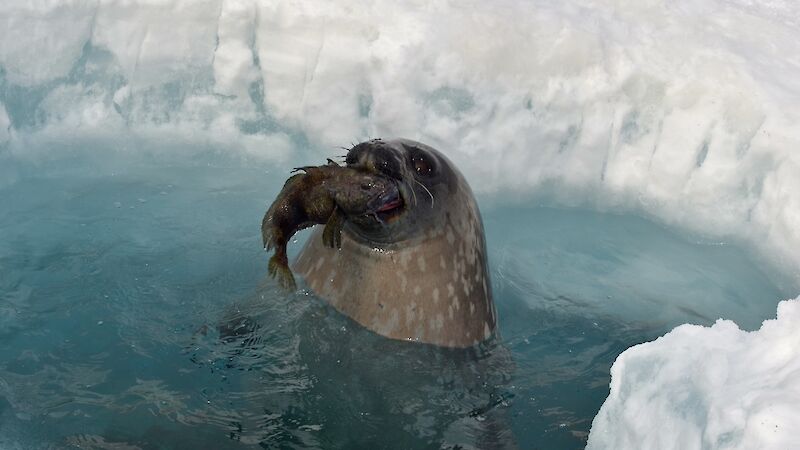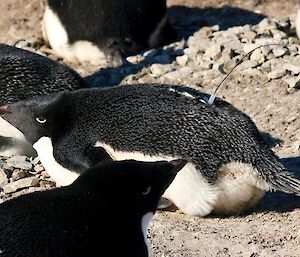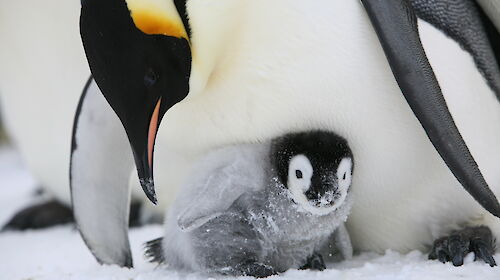New ecologically important areas around Antarctica have been identified based on tracking data from more than 4,000 Antarctic marine predators, according to research published today in Nature.
The ‘Areas of Ecological Significance’ are located on the Antarctic continental shelf, in the Scotia Sea and surrounding waters, and around the sub-Antarctic islands in the Indian sector of the Southern Ocean.
The research, led by Professor Mark Hindell, from the Institute for Marine and Antarctic Studies, and Australian Antarctic Division computational ecologist Adjunct Professor Ben Raymond, suggests the areas need greater protection from human activities and the impacts of climate change.
“These areas are ecologically significant because of their high biodiversity, biological productivity, or their importance for particular stages in the life cycle of species,” Professor Raymond said.
“We found that these areas are subject to stressors including climate change and direct human activity, and that continued climate change over the next century is predicted to impose further pressure on them.”
To identify these important ecological regions the research team, drawn from 12 different national Antarctic programs, combined 26 years of tracking data from 12 seabird species and five marine mammal species, with habitat models.
“The principle is simple,” Professor Hindell said.
“Identifying areas of the Southern Ocean where predators most commonly go, tells us where their prey can be found. If multiple species of predators and their diverse prey are consistently found in the same place, then this area has both high diversity and an abundance of species, indicating that it is of high ecological significance.”
The team found that the location of Areas of Ecological Significance (AES) correspond with the availability of suitable breeding or resting habitat, and regional oceanography and sea ice dynamics that affect how biologically productive the waters are.
The AES in the Scotia Sea, for example, corresponds to an area of elevated krill biomass, while the AES around the sub-Antarctic islands are in a region dominated by small pelagic fish.
The team found that 29 per cent of AES are within formally protected areas known as Marine Protected Areas (MPAs), set by the Commission for the Conservation of Antarctic Marine Living Resources (CCAMLR) or other national authorities. The adoption of new MPAs currently being considered by CCAMLR would raise this coverage of AES to 39 per cent.
However, Professor Hindell said climate model projections indicate that areas of important habitat may change by 2100. This means that continued monitoring of species and an on-going assessment of the effectiveness of MPAs and other management actions will be important.
“Dynamic management of Marine Protected Areas, updated over time in response to ongoing change, is needed to ensure continued protection of Southern Ocean ecosystems and their resources in the face of climate change and growing resource demand,” he said.
“Our study highlights where future science-informed policy efforts might be best directed, including both adaptive spatial protection and improved fisheries management.”
The research was conducted by the Scientific Committee for Antarctic Research, with support from the Centre de Synthèse et d'Analyse sur la Biodiversité, France, and the WWF-UK.





